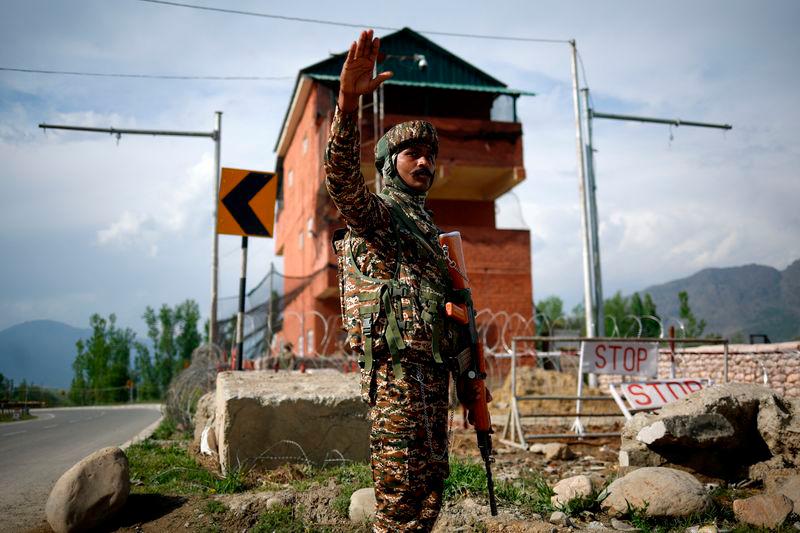
Defence Ministry Plans Faster Procurement, Trials to Be Replaced with Simulations

 :
| Updated On: 18-Jun-2025 @ 12:48 pm
:
| Updated On: 18-Jun-2025 @ 12:48 pmSHARE
The Ministry of Defence (MoD) has initiated a significant overhaul of India’s defence procurement process in coordination with the Ministry of Finance, especially following Operation Sindoor. The aim is to compress procurement timelines, accelerate contract awards, and ensure faster payments to private vendors, thus boosting efficiency and enhancing defence preparedness.
A key highlight of the initiative is the proposed replacement of lengthy and often multi-year field evaluation trials with digital simulations and digitised assessments, significantly reducing procurement delays. This step, coupled with streamlined negotiations, is designed to fast-track the acquisition of vital defence systems and incentivize private sector participation in producing critical inputs, such as anti-drone equipment, smart ammunition, and armoured vehicles.
Sources close to the discussions indicate that the government wants these reforms implemented by the end of 2025. A strategic focus has been placed on promoting interoperable equipment suitable across different branches of the armed forces. Specific instructions have been issued to private vendors to increase supply of priority items, including smart ammunition and weaponised platforms like loitering munitions and guided missiles.
The Defence Ministry has pitched this approach as a radically new procurement philosophy, prioritizing speed, digitisation, and indigenous production. In response, the Finance Ministry has extended full support, agreeing to meet capital expenditure (capex) needs of the armed forces without necessitating a significant increase in the overall defence budget for FY 2025–26. Despite this, the capex absorption remains slow due to challenges both within the domestic industry and in global orders, often due to geopolitical factors.
Officials emphasized that the current bottlenecks—mainly concerning Requests for Proposals (RFPs) and prolonged negotiation processes—are being actively addressed to eliminate delays. At the same time, emergency procurement powers of up to ₹40,000 crore remain operational, ensuring that strategic needs and contingencies are not hindered by budgetary constraints.
Moreover, the emphasis is also on ensuring project delivery timelines are met, and contractual milestones are tied directly to timely payments, thus strengthening accountability and execution in defence procurement.
According to Controller General of Accounts (CGA) data, the MoD has spent ₹64,221 crore (9%) out of its total annual allocation of ₹6.81 lakh crore in April 2025. However, capex utilisation was relatively low—only ₹4,384 crore (2%) of the ₹1.8 lakh crore earmarked for capital outlay. This is slightly better than April 2024, which saw only 1% capex utilisation.
Experts have long advocated that India’s defence expenditure should be at least 2% of GDP to ensure credible deterrence, particularly given its strategic challenges with neighbouring countries. However, India’s defence budget has remained below 2.5% of GDP over the last five years. For FY 2025 and FY 2025–26, defence spending is estimated at 1.98% and 1.91% of GDP, respectively.
Overall, this new approach by the MoD represents a decisive shift toward efficiency, digital transformation, and greater private sector inclusion in India’s defence architecture, while maintaining fiscal discipline and operational readiness.
Contact Us
House. No. : 163, Second Floor Haridev Rd, near Puberun Path, Hatigaon,Guwahati, Assam 781038.
E-mail : assaminkcontact@gmail.com
Contact : +91 8811887662
Enquiry
×
Reporter Login
×